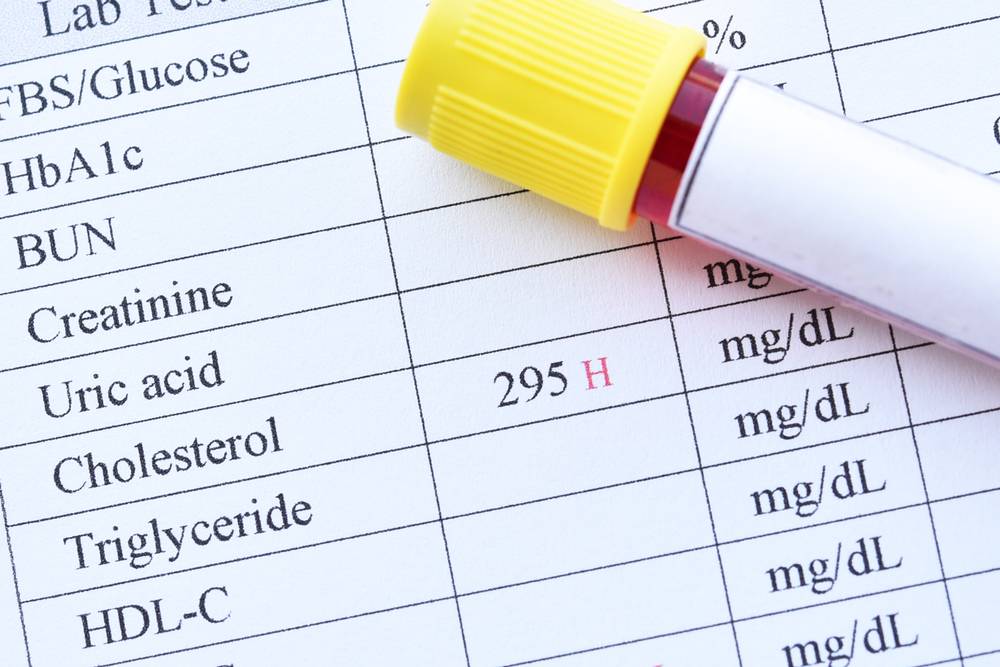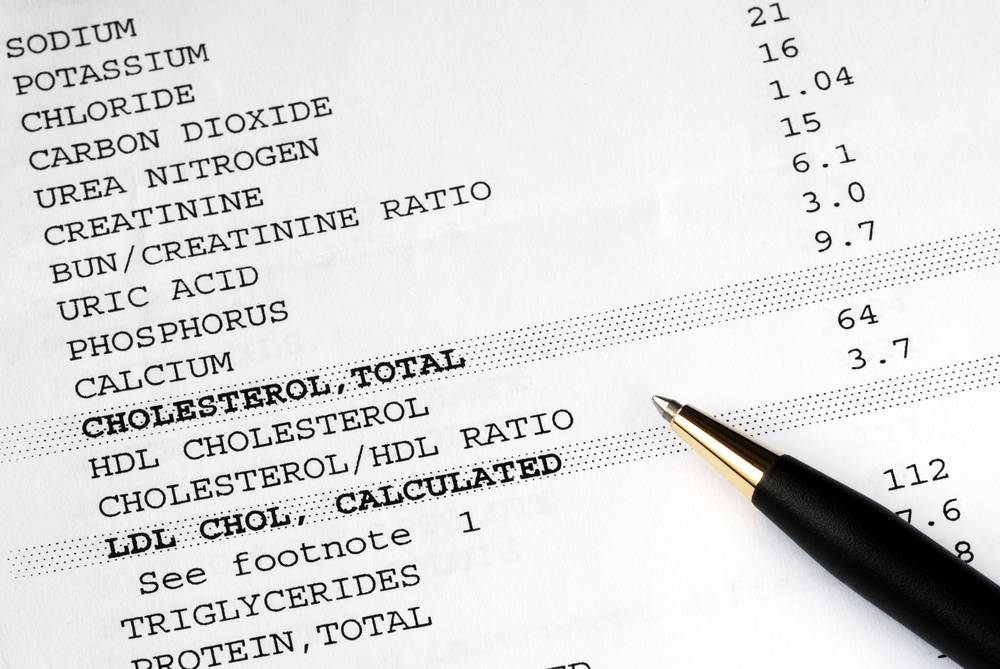Have you done your annual health screening yet this year? Even if you may have been attending your checkups diligently each year, do you truly understand what everything on the report actually meant? How well do you actually understand your health screening results?
It’s not enough to simply get the tests done. We also need to make sure we know how to properly read and evaluate what the numbers are telling us about our health and risks.
What is a health screening?
Health screening is a proactive approach to detect and address any potential health issues early such as diabetes, heart diseases and kidney diseases. With the World Health Organisation (WHO) advocating health promotion and disease prevention including early disease detection, more countries including ASEAN members are becoming more conscious of the importance of health screenings.
How is each country faring?
Singapore
In line with the government’s Healthier SG Plan focusing on preventive care, the Ministry of Health (MOH) Singapore advocates the public to go for regular health screenings.
The National Population Health Survey 2023 showed improvement in chronic diseases screening participation among Singaporeans from 60.3% in 2022 to 62.6% in 2023.
Malaysia
Meanwhile, in Malaysia, the National Health and Morbidity Survey 2023 showed only three out of five adults aged 18 and above had their health screened in the past 12 months.
The top three common reasons for not getting regular health screenings include feeling healthy (90%), nil physical symptoms (84%) and time constraint (39%).
In a comment to Bernama, Malaysia Sunway Medical Centre Resident Medical Officer, Dr Wee Hui Yin commented that high demands of work and pressing commitments have caused the society to neglect their health. They then only start seeking treatments when feeling unwell.
Indonesia
A report from the Ministry of Health reported only 33 percent of the Indonesian population had health screening for non-communicable diseases. The health ministry intensified the efforts by giving free health screenings to encourage their people.
Mohammad Syahril, the spokesperson for the ministry said, “The Health Ministry guarantees that the screening of 14 types of diseases at local health centers is for free”.
The 14 diseases with free screenings include diabetes, hypertension, stroke, heart disorders, tuberculosis, anemia, chronic obstructive pulmonary disease (COPD), thalassemia, congenital hypothyroidism (thyroid hormone deficiency), hepatitis and cancers such as cervical cancer, breast cancer, lung cancer and colorectal cancer.
Philippines
Early this year in the Philippines, the House of Representatives filed a bill to offer every Filipino a free annual medical checkup including cholesterol and blood sugar tests. The co-author of the bill, Rep. Brian Raymund Yamsuan mentioned the initiative is to ensure each Filipino has the chance to access free annual medical checkup in any government hospital “to promote their right to quality health care services and prevent disease, disability, and death.”
Understanding Your Health Screening Report
Everyone is responsible for their health and should proactively go for regular health screenings. Nonetheless, understanding the health screening results can be overwhelming especially with the unfamiliar medical jargons and intimidating sets of numbers on the reports.
Here are the three fundamental steps to equip you with the knowledge to comprehend your health screening results better:
1. Know the Basic Medical Terms
Here is a guide to appreciate the medical terms for most health screenings:

Blood Pressure
Blood pressure comes in two numbers.
- The top number, the systolic blood pressure, is the pressure in the arteries when the heart pumps.
- The bottom number, or the diastolic blood pressure, measures the artery pressure when the heart muscles relax between the beats.
Complete Blood Count
Complete blood count (CBC) gives you information about your blood cells, including:
- Red blood cells, which carry oxygen.
- White blood cells, which fight infection.
- Platelets, which is important in blood clotting.
- Another key component of CBC is haemoglobin which is an oxygen-carrying protein in the blood to help diagnose anaemia.

Lipid Profile
A lipid profile is the pivotal measure of fat and lipid levels in your blood to assess the risk of developing cardiovascular diseases such as heart attack and stroke.
- Total cholesterol is the overall blood cholesterol level.
- LDL cholesterol is the bad cholesterol causing cardiovascular disease.
- HDL cholesterol is the good cholesterol that reduces the LDL cholesterol build-up in the blood vessels.
- Triglyceride is the fat from the food we eat. High level of triglyceride is often associated with elevated risk of heart disease and pancreatic issues.
Kidney Function Tests
The kidney function values assess the performance of your kidneys, these look at:
- Salt levels in the body, such as potassium
- Serum creatinine. This is is a waste produced in the body and excreted from the kidneys. Thus, a raised level indicates kidney injury.
- Estimated glomerular filtration rate (eGFR), a measure of kidneys efficiency in filtering blood. A value that is lower than the normal range is a sign of poor kidney function.
Liver Function Test
The liver function test assess the performance of your liver. These commonly include:
- Liver enzymes such as alanine transaminase (ALT), aspartate transaminase (AST) and alkaline phosphatase (ALP). Increased liver enzymes is a common indication of liver damage.
Other Health Screening Components
Some comprehensive health screenings also include diabetes markers, thyroid function tests, tumour markers and imaging tests, all designed to reveal markers of disease
- HbA1c and fasting blood glucose help to assess diabetes.
- Thyroid function tests are conducted to diagnose thyroid diseases respectively.
- Tumour markers aid cancer diagnosis.
- Imaging tests give visual presentation of your internal organs, and require interpretation from medically-trained professionals.
- X-rays produce black-and-white images of your organs using radiation.
- Mammogram is an X-ray to detect any abnormal breast masses.
- Ultrasounds use sound waves to create images of soft tissues and organs such as kidneys, liver and the reproductive organs.
2. Understand the Reference Ranges
Most health screening reports come with reference ranges. Reference ranges are sets of numbers with the high and low ends of the results. Values falling between the two ends of the ranges are considered to be normal.
Reference ranges are also called “normal ranges” as they are based on the test results from large groups of healthy people. Reference range for a test may vary depending on factors such as age and gender.
For instance, there may be separate reference ranges for children and adults. The ranges may also differ slightly between laboratories using different testing methods. How confusing!
Thus, it is advisable to consult your doctor for a tailored interpretation of your results rather than self-interpretation.
3. Consult a Doctor for Abnormal Results
Seeing red “H”s dotted across your report? Don’t panic!
After your health screening, you will typically be scheduled to have a consultation with a doctor, who will help to interpret your results.
There can be many reasons for your results to deviate from the normal reference range. Occasionally, mild deviations from the reference ranges can be caused by factors including temporary illness, hydration level and fasting status.Lifestyle changes like exercise and healthier diet with medications can often restore the values back into the normal.
Significant outliers in your test markers may point to more serious conditions that would require immediate consultation and intervention, which your doctor will help to assess in context of your health status and medical condition.
Your condition may change across weeks, months or years, hence regular follow-ups are extremely important to help monitor your health trend over time.
Key takeaway
Knowing how to read your health screening results is just as critical as going for the health screenings in the first place.
Even though it is not uncommon to see results falling out of the reference ranges, consulting your healthcare providers for accurate interpretation is paramount. The sea of numbers on the reports analysed together with your health history, risk factors and lifestyle can help to make informed decisions about your health.
Early detection of diseases through timely health screening allows for early intervention and prevention of complications without relying on the presence of symptoms. Prevention is better than cure.

